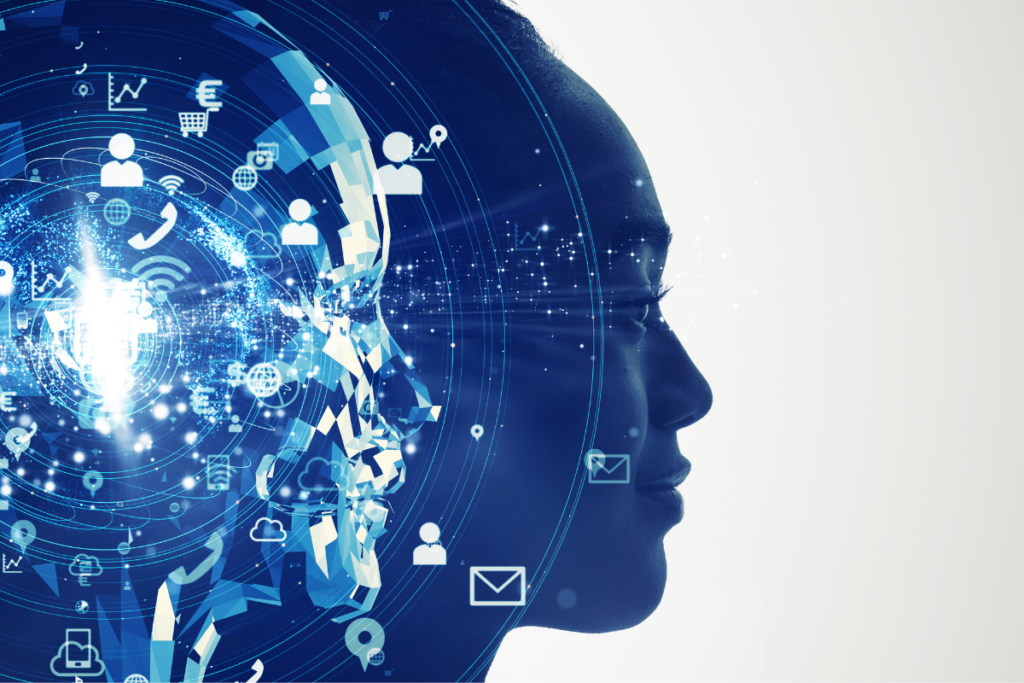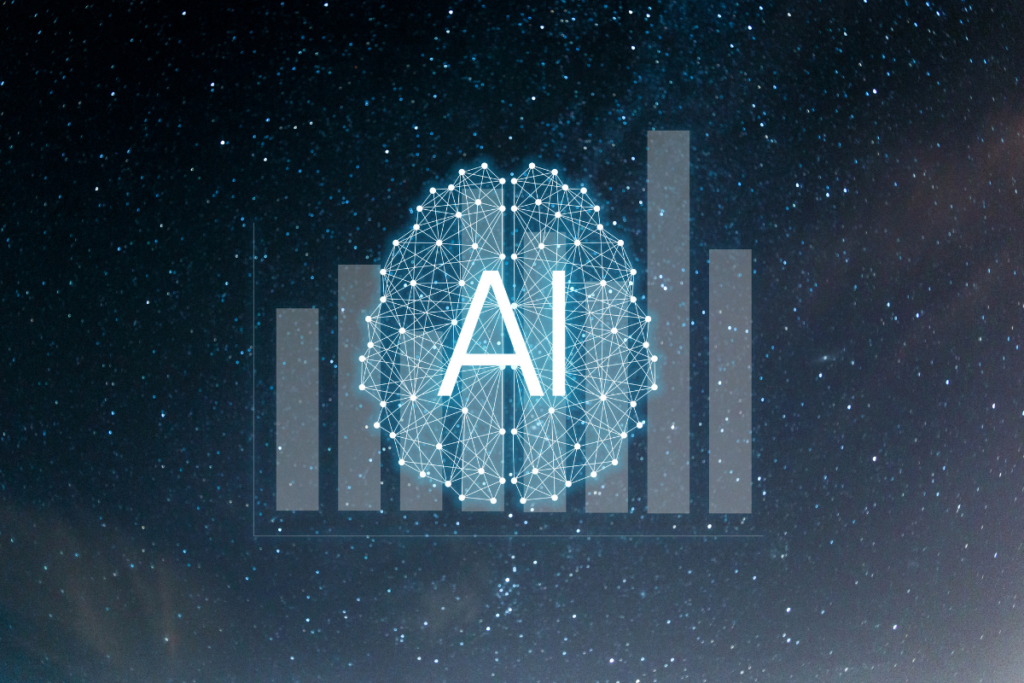Are AI and EI an Odd Couple? Nope, Pairing Bytes With Behavior Is a Perfect Match

During 2023, I’ve written extensively about all things tech, from digital transformation to MarCom strategies, and more recently AI. No matter what topic I choose, one idea persists. These electronic miracles are pointless unless they are grounded in strong values, positive emotions, and productive behavior.

Human drivers center digital initiatives where they need to be—on people. As we move deeply into a business environment dominated by artificial intelligence, emotional intelligence becomes increasingly important.
Build the Human Skills
AI and EI might seem to be an odd couple for any number of reasons. On the contrary, my personal experience suggests they are meant for each other. As a consultant, I’ve worked with associations of every description, and I’ve learned that the organizations that are most successful with digital transformation are also groups that value the human skills.
Over the next few posts, I’m going to explore how AI grounded in EI can be your association’s superpower helping you accomplish those New Year’s goals and bring out the best in every team.
In this moment, the intersection of logic and emotion deserves our focused attention. Associations are about professions, but they revolve around their members. The ability to understand and manage your own emotions as well as those of volunteers, employees, and other constituents, is an indispensable quality for leadership in this people-centric environment.

Thousands of dollars are spent on equipment and hours are devoted to strategizing how to grow those connections. That process is becoming more complicated. In a recent Association 4.0 podcast Sharon Rice, .org Source Director of Business Strategy, and I talked about these shifting dynamics.
“Traditional bonds of loyalty are fraying around the edges,” Sharon advised. “Right now, there is a deficit of trust across social, governmental, and cultural organizations. It’s not just in the United States, it’s throughout the globe. I don’t think association members hold their organizations in the same esteem as they once did. Changing member demographics adds to the complexity.”
Protect Your Advantage
“The volunteer leader base is still an association’s greatest asset,” Sharon advised. “I don’t underestimate the value of staff. Our teams are critically important. But when I think about what distinguishes an association from a for-profit organization, it’s still the idea of belonging to a group of like-minded people. Although the lines between who is a member, a subscriber, or a customer are no longer as clear cut, professional affiliation, and collegiality, continue to give associations an advantage.
“One of the greatest current dangers in our space is squandering those resources by taking them for granted. We are challenged to continually improve and evolve those relationships; so associations can be a rising tide that floats all the boats, in the profession, or the industry.
“Having said that,” Sharon noted, “for-profit competition is becoming more difficult to manage. I see the role of associations in society contracting. People are increasingly skeptical about the value that they bring. That’s a different place than where we were, even 25 years ago.”
While social and economic factors make it harder to preserve that special relationship with our members, the good news is that we have great tools to apply to the task. And they are rapidly becoming more powerful.
See Below the Surface
AI gives us the ability to reach beyond superficial interactions. Smart analytics can show us both what members want in the moment and predict what they will need in the future. Outreach to our communities can be swift, targeted, and designed for the highest impact. To maximize this potential, insightful leadership, agile teams, and purposeful cultures are required.

Culture, in particular, is an expression of EI proficiency at the macro level. Although it has roots in the 1950s and Abraham Maslow’s concept of emotional strength, EI was popularized in a 1995 best-selling book by science journalist Daniel Goleman. Goleman described it as the constellation of behaviors and qualities that characterize leadership performance.
These EI competencies impact your organization’s interpersonal dynamics. They are a measure of your own ability to be an effective leader and the way your team works together to accomplish goals:
- Self-awareness to assess your own strengths and weaknesses and how they are impacted by your beliefs and motivations. This insight is not as common as it might seem. Seventy-five percent of executives surveyed by Korn Ferry identified at least one strength that colleagues considered to be a weakness.
- Self-regulation to manage your emotions and control your behavior i.e., real leaders don’t have temper tantrums. Goleman said, “In my experience, I’ve never seen the tendency toward radical outbursts to surface as an indicator of strong leadership.”
- Empathy to understand the emotions and experiences of others. According to EY Consulting, 86% of employees say empathetic leaders boost morale and 87% say empathy is essential for fostering an inclusive environment.
- Motivation to inspire yourself and others to action—a critical component for any mission-driven organization.
- Social skills to understand how others are feeling and adapt behavior and communication styles to the needs of the moment. In other words, know when you have the audience in your pocket and what to do if they are clearly not in your camp.
Leaders set the example for each of these qualities in their organizations. And a strong culture driven by a compelling mission reinforces those values.
When ideals are present in goals and objectives, they flow down to the operational level and inform the way digital tools are used to win members’ hearts and minds. Over the next posts, I’m looking forward to exploring these topics.
How–
- AI can be designed to understand and respond to human emotions, enhancing user interaction.
- Principles of emotional intelligence are being integrated into user experience to create empathetic and user-friendly digital products.
- Emotional intelligence can create more cohesive teams and effective communication in remote or digital work settings.
- Emotional intelligence training can be integrated into professional development.
Join me at the crossroads of bytes and behavior. We’ll consider how human dynamics plus digital tools can supercharge the journey to stronger relationships across your association’s landscape.

